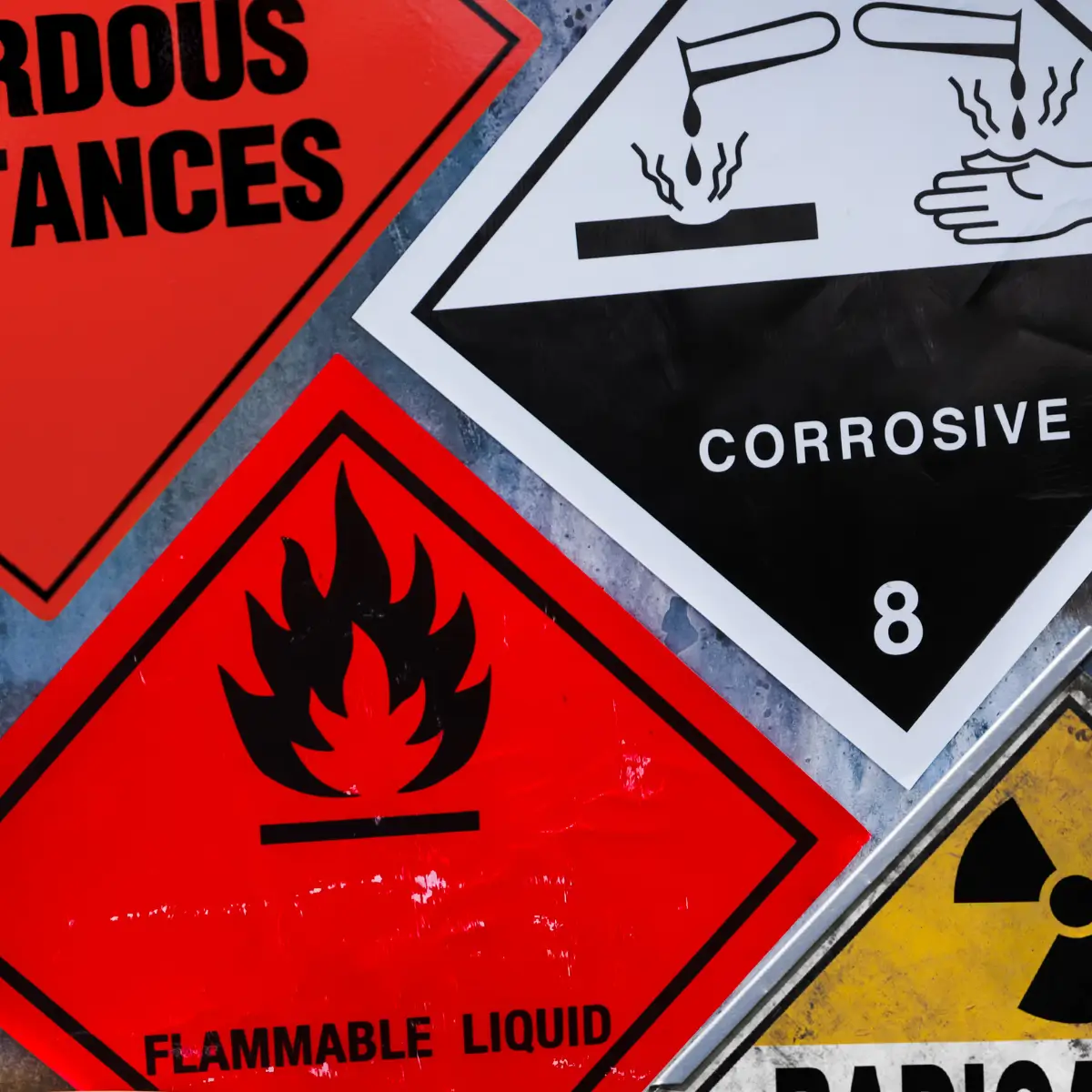When shipping globally, you are not just moving goods across borders; you are navigating a complex web of customs regulations, safety laws, and large amounts of paperwork. When it comes to shipping dangerous goods, the stakes become even higher.
Hazardous materials are more common in the tech world than you might think; lithium batteries, AI cooling agents, and capacitors are all subject to strict regulatory scrutiny.
Understanding the classifications, packaging, and documentation required for shipping dangerous goods is crucial to ensuring compliance, avoiding delays, and facilitating a smooth customs process.
What Are Dangerous Goods?
Dangerous goods are any goods containing hazardous materials that pose risks to health, safety, property, or the environment during transportation. Approximately 1.25 million hazardous goods are transported by air annually, highlighting how prevalent dangerous goods are in the global supply chain.
Shipping hazardous materials is highly regulated and must be carefully controlled.
The Department of Transportation (DOT) and the International Air Transport Association (IATA) classify dangerous goods into nine different classes, these being:
Class 1. Explosives
Class 2. Flammable Gases
Class 3. Flammable Liquids
Class 4. Flammable solids
Class 5. Oxidizing
Class 6. Toxic and Infectious
Class 7. Radioactive
Class 8. Corrosives
Class 9. Miscellaneous
Therefore, if any of your goods fall under these nine classes, they are considered dangerous, and additional regulations and precautions for shipping dangerous goods will be necessary.
What Counts as a Dangerous Good in Tech
Many importers are surprised to hear that their tech goods are classified as dangerous goods, with the three most common tech-related dangerous goods including:
Key Takeaways of Shipping Dangerous Goods
Shipping tech means shipping dangerous goods. From lithium batteries to liquid cooling systems and capacitors, hazardous goods are everywhere, whether you realise it or not.
Shipping dangerous goods means adhering to strict international regulations. One small error can lead to shipment delays, fines, and legal consequences. Understanding the process inside and out is, therefore, crucial.
This means:
- Extra documentation
- Specialized packaging
- Additional labelling
- Added administrative costs
Noncompliance with the above will add delays and result in financial penalties. Ensuring compliance is therefore a necessity.
Leave Shipping Dangerous Goods to the Experts
The reality is that shipping dangerous goods is unavoidable in the tech industry, but don’t let the strict requirements and compliance associated with shipping hazardous materials scare you away. It is not impossible, and TecEx shipping experts will help get your goods safely through customs to where they need to be.
Our liability cover safeguards you against any damage during transit, protecting your high-risk shipments and giving you complete peace of mind.
From origin to final destination, we work to minimize all risks and ensure a stress-free experience.



